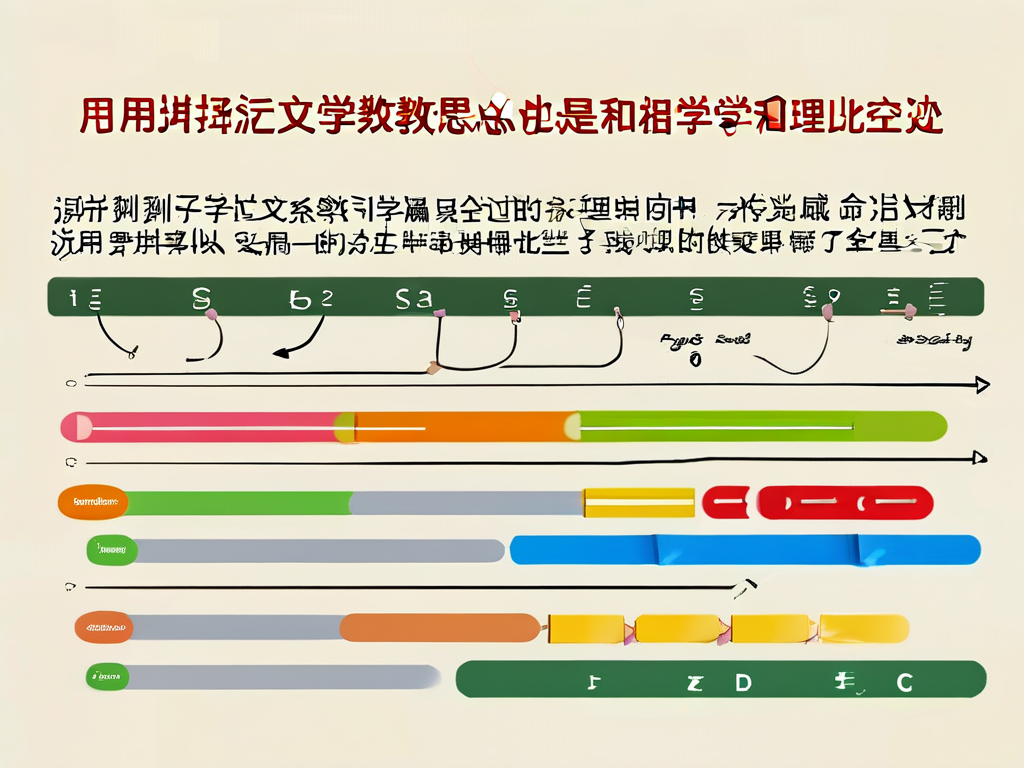Embedded systems development teaching stands as a critical discipline in modern technology education, equipping learners with skills to design and implement hardware-software solutions for real-world applications. As industries increasingly rely on smart devices, from medical equipment to automotive systems, educators face the challenge of making this complex field accessible and engaging. This article explores effective teaching strategies, common pitfalls, and practical examples to enhance learning outcomes, ensuring students gain hands-on experience that bridges theory and practice.

One fundamental aspect of teaching embedded systems is starting with core concepts such as microcontrollers, real-time operating systems, and peripheral interfaces. Instructors often begin by explaining how embedded devices differ from general-purpose computers, emphasizing their resource constraints and dedicated functions. For instance, a basic lesson might cover the architecture of popular microcontrollers like ARM Cortex-M series, highlighting memory management and input/output handling. This foundation helps students grasp why efficient coding and low-power design are essential. To avoid overwhelming beginners, teachers can use analogies, comparing a microcontroller to a brain controlling a robot, which simplifies abstract ideas and sparks interest.
Hands-on labs form the backbone of effective instruction, allowing students to apply theoretical knowledge through practical projects. A common approach involves setting up development environments with tools like Keil MDK or Arduino IDE, where learners write and debug code for simple tasks. Consider this code snippet for blinking an LED using C language on an Arduino board, which demonstrates basic GPIO control and timing loops:
void setup() {
pinMode(LED_BUILTIN, OUTPUT); // Set LED pin as output
}
void loop() {
digitalWrite(LED_BUILTIN, HIGH); // Turn LED on
delay(1000); // Wait for one second
digitalWrite(LED_BUILTIN, LOW); // Turn LED off
delay(1000); // Wait for one second
}
This example not only teaches syntax but also reinforces concepts like infinite loops and hardware interaction, making lessons tangible and memorable. Educators should encourage iterative testing, where students modify parameters such as delay times to observe real-time effects, fostering problem-solving skills. However, labs require careful planning to address resource limitations, such as limited access to hardware kits. Virtual simulators like Proteus can mitigate this, offering cost-effective alternatives for remote or underfunded classrooms.
Beyond technical skills, teaching embedded systems must incorporate soft skills like teamwork and debugging methodologies. Group projects, such as designing a temperature monitoring system with sensors and displays, promote collaboration and mimic industry workflows. Instructors can guide students through common errors, such as memory leaks or interrupt conflicts, using case studies from real devices. For example, discussing how a faulty interrupt handler in a smart thermostat could cause system crashes teaches resilience and analytical thinking. Additionally, integrating ethics discussions—like the implications of insecure embedded code in critical infrastructure—adds depth, preparing learners for responsible innovation.
Challenges in this teaching domain include the steep learning curve and keeping pace with rapid technological advancements. Students often struggle with low-level programming languages like C or assembly, requiring educators to scaffold lessons with gradual complexity. Starting with high-level abstractions in Python before transitioning to C can ease this transition. Moreover, the fast evolution of tools and standards, such as IoT protocols, demands that teachers continuously update curricula through workshops or online resources. To sustain engagement, gamification elements, like coding competitions for energy-efficient designs, can motivate learners and build community.
In , effective embedded systems development teaching blends theoretical rigor with experiential learning, empowering the next generation of engineers. By emphasizing practical applications and adaptive strategies, educators can overcome obstacles and ignite passion in a field driving global innovation. Ultimately, this approach not only enhances technical proficiency but also cultivates innovators ready to tackle tomorrow's challenges.







